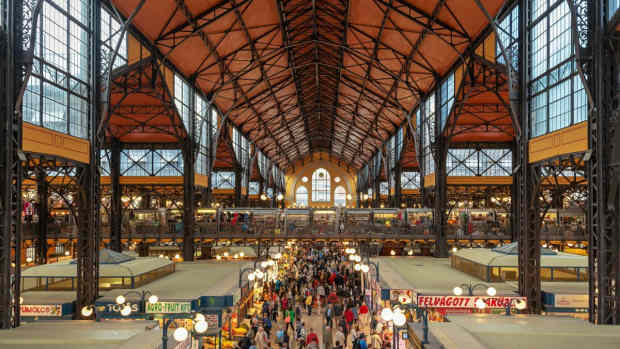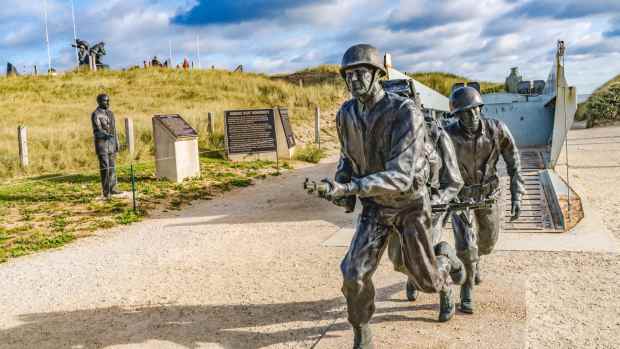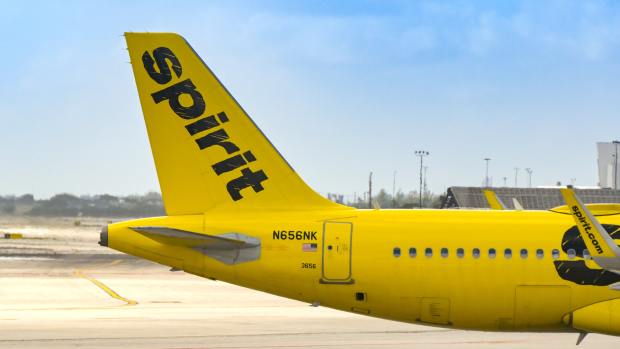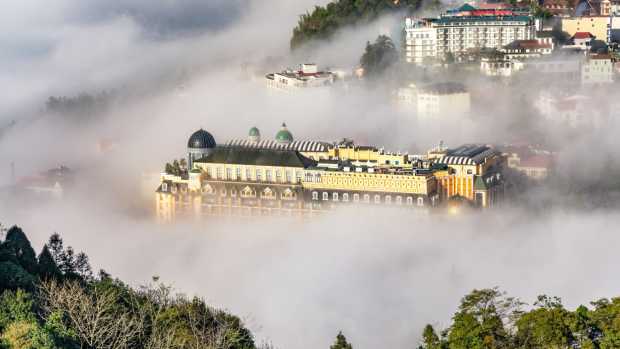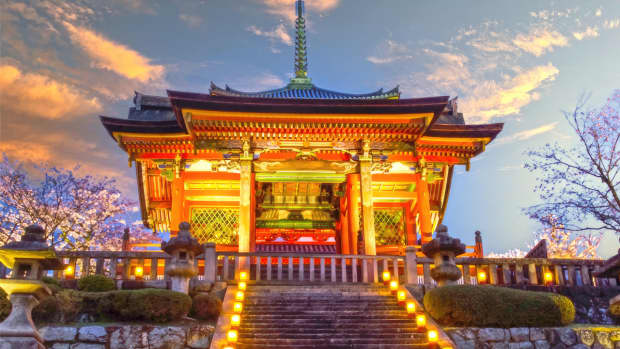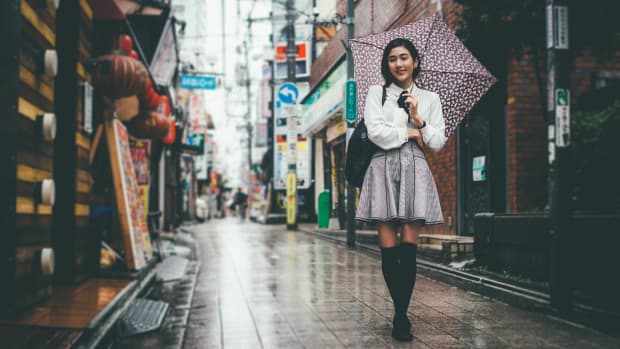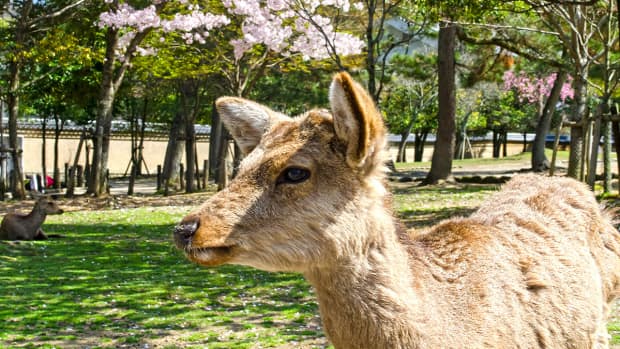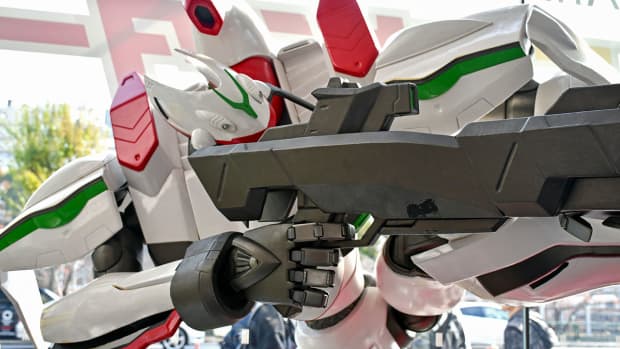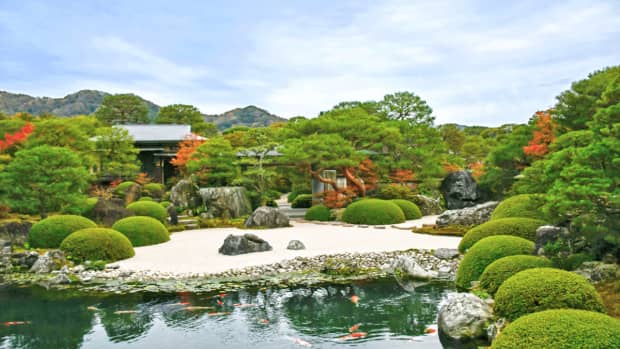Visiting Fukuoka: An Autumn Day Trip in Japan’s Biggest Southern City
Visiting Fukuoka City – Japan’s Southern Gateway
As Southern Japan’s largest city and a major port of entry for the country, Fukuoka (福岡) is no stranger to international travelers. In my case, I have visited the city four times since I started solo traveling, although, for one reason or another, none of these visits were more than stopovers.
In autumn 2018, I thus set aside an entire day for sightseeing in Fukuoka City—autumn, by the way, arguably the best season to visit Fukuoka. Eager to visit as many attractions as I could, I also spent a few hours at the nearby historical town of Dazaifu and the ultra-modern Kyushu National Museum.
In summary, this Fukuoka one-day trip was hectic but colorful, educational, and invigorating. Like its larger siblings of Tokyo and Osaka, the capital city of Fukuoka Prefecture is a place where the past and present harmoniously co-exist. The city is also fiercely proud of its heritage, particularly the 700-year-old Hakata Gion Yamakasa festival.
Morning: Exploring Historical and Cultural Fukuoka City Attractions
I arrived at sprawling Hakata Station slightly after 9 am, having taken the Sakura Shinkansen Express service from Osaka at the crack of dawn. After depositing my bags at my hotel, which was just next to the station, I decided I was making good time and could spare a few minutes for a quick indulgence.
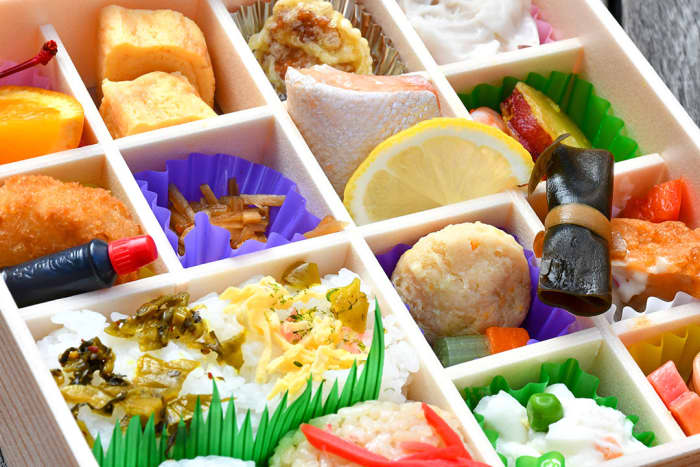
This Ekiben, or train travel bento, is aptly named Sixteen Colors. I enjoyed it so much, I had it for lunch again the next day when heading to Kagoshima.
Like I mentioned in my Ekiben article, Fukuoka is the gateway city to Kyushu. The Ekiben shops of Hakata Station are thus full of exotically packed meals conceptualized to feature the culinary diversity of Kyushu.
It was truly a great way to start Fukuoka sightseeing by enjoying these delightful morsels outside Hakata Station. The November autumn weather, incidentally, was also breezy and crisp. In other words, perfectly conducive.
Tōchō-ji (東長寺) and Kushida Shrine (櫛田神社)
Energized after my Ekiben meal, I hopped onto the Fukuoka City Subway for Gion Station, which is just one stop from Hakata Station.
My first destination upon reaching was the compact Tōchō-ji, located right beside the subway station and famous for its vermilion pagoda and big Buddha. From Tōchō-ji, I then strolled to the nearby Kushida Shrine, considered by many to be one of the most important Shinto shrines of Kyushu and a must-visit attraction on the itineraries of most Fukuoka tours.
It was at the shrine that I finally realized I was visiting the city on Shichi-Go-San, the day on which Japanese parents bring children aged 3, 5, and 7 to Shinto shrines to celebrate passage into middle childhood. It was also at Kushida Shrine that I had my first encounter with the legendary Hakata Kazariyama float.
Having never seen any up close before, I was positively stunned by the vibrant colors and ornate figurines.




Hakata Machiya Folk Museum (博多町家文化馆)
Located a stone’s throw away from Kushida Shrine, the Hakata Machiya Folk Museum is a compact showcase of the city’s cultural heritage, particularly the famous Hakata Gion Yamakasa festival (博多祇園山笠).
Housed in the replica of a machiya, or Japanese townhouse, this Fukuoka cultural attraction has a wonderful diorama of the Yamakasa festival as its centerpiece, one that comes with VR headsets for those keen to experience the sounds of the matsuri. On the upper level, there are several displays depicting historical life in the city.






Afternoon: Side Trip to Dazaifu (太宰府)
It was near noon when I left Hakata Machiya Folk Museum. Hopping on the subway once more, I made my way to busy Tenjin Station, the heart of downtown Fukuoka. Once there, I switched to a local train service operated by Nishitetsu Railways and headed for Daizaifu.
If you are unfamiliar, Dazaifu is an ancient town established in the late 7th century to be the administrative heart of Kyushu. While Fukuoka (Hakata) was the port, Dazaifu was the imperial bureaucratic center. It was also an important “emissary” city, in the sense that embassies of other Asian nations were hosted here.
Today, the town is practically a suburb of Greater Fukuoka; in other words, a very convenient side trip destination from Fukuoka. As for attractions, most visitors flock to the immensely popular Dazaifu Tenmangu Shrine upon stepping off the train. Those with more time, like me, would then head over to the nearby Kyushu National Museum.

While on the way to the Nishitetsu Railways station, I had a Ringo Apple Pie at Tenjin Underground Mall. Some travel articles claim Ringo’s apple pies are among the best in Japan. I can only say, it didn’t disappoint!
Dazaifu Tenmangu Shrine (大宰府天満宮)
Dazaifu Tenmangu Shrine is dedicated to the spirit of Sugawara Michizane, a Heian Period scholar-politician who was persecuted by political rivals.
After his death in AD 903, Japan suffered numerous plagues and horrible natural disasters. This led the Heian imperial court to believe appeasement for the scholar’s angry spirit was necessary and urgent.
To accomplish this, many “Tenmangu” shrines were built across Japan—the one in Dazaifu is considered one of the most important. Today, the shrine is hugely, hugely popular with Japanese students praying for academic success.
During my brief visit, the main prayer hall was filled with rows of students in pristine, anime-perfect uniforms. All were silently bowing to Shinto prayer chants for good school grades.





Kyushu National Museum (九州国立博物館)
Japan’s fourth national museum is a pleasant 10 to 15 minutes’ walk from Dazaifu Tenmangu Shrine via a route that passes through beautiful landscaping and an Instagram-perfect travellator tunnel.
Airy, modern, and featuring Japanese history from the Jomon Period to the Edo Period, the museum was an effective sum-up of what I’ve seen so far in this Fukuoka day trip. My only regret with the museum, or complaint, was that photography was strictly disallowed in the permanent gallery.
That gallery had several huge and quirky Haniwa relics. I’d have loved some photographic memories of those enigmatic statues.







Success Ramen at Ichiran
Before returning to downtown Fukuoka, I decided to have a late lunch at an Ichiran Ramen branch. (Fukuoka is famous as one of the ramen hotspots of Japan.) The tonkotsu ramen bowl I ordered was named “academic success” and is supposedly popular with students going for examinations. My school days are long over, but I guess one way or another, all of us could be considered students of life.

Ichiran Ramen is itself a Fukuoka attraction. The popular chain began as a humble stall in Fukuoka in 1960.
Evening: The Lights and Sights of Nakasu
The sun was setting by the time I returned to Tenjin Station. Fatigue was also steadily kicking in. After some aimless moseying around the shops of Tenjin, I got on the subway once more and slowly headed for Nakasu-Kawabata Station. My destination this time was the Nakasu (中州) district.
A Fun Stop for Gamers
For most international visitors, Nakasu is a Fukuoka place of interest for two things.
- It’s a partying area, i.e., Fukuoka’s red-light district.
- It’s also where many of the city’s famous yatai food stalls are located. Some travelers consider this the foremost Fukuoka attraction.
My purpose for visiting, however, was neither of these. What I wanted instead was some quiet photography time at the riverside promenade because Nakasu was extensively featured in Sega’s Ryu ga Gotoku video game series.
A huge fan of this popular gangland game series, nothing thrilled me more than to stand at the very spots that inspired the landmarks in the game. I am pleased to share that I had several euphoric moments during my hour there. On the other hand, passers-by there and then might have found my fanboy demeanor rather weird.



Night Time: Christmas Village at Hakata Station
I was worn out by the time I returned to Hakata Station at 8.30 pm, but I had one more Fukuoka attraction to cover for this visit!
While enjoying my Ekiben breakfast in the morning, I noticed signs announcing a Christmas market happening beside the station every evening till the year-end. With dazzling light art installations, a variety of festive stalls, and even live performances, this celebration was in many ways the perfect end to my long day.
I returned to my hotel at 10 pm. Exhausted but deeply satisfied with my autumn explorations in this beautiful southern Japanese metropolis.




© 2019 Ced Yong




